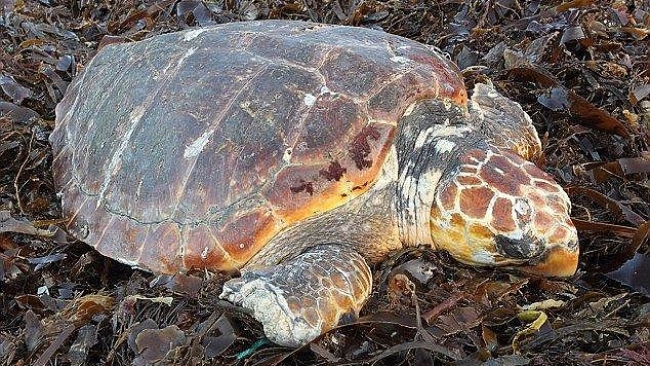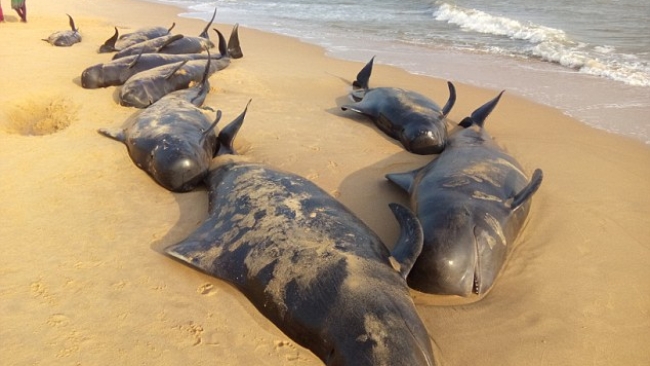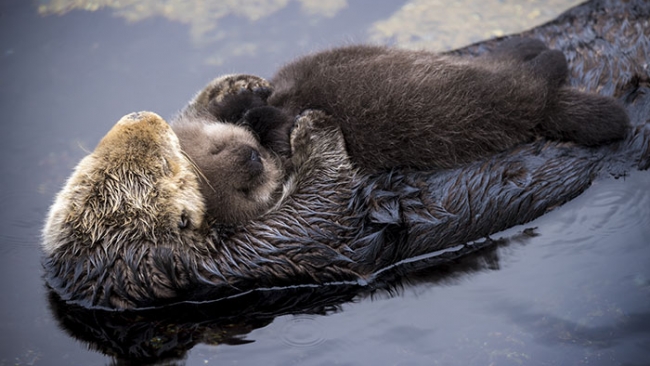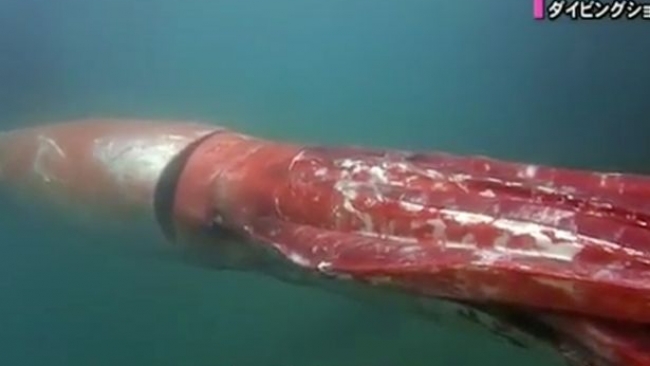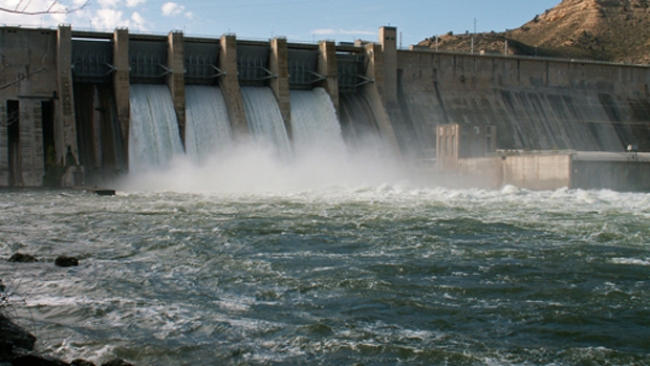Decades after ban, toxic pollutants remain a threat to long-lived cetaceans
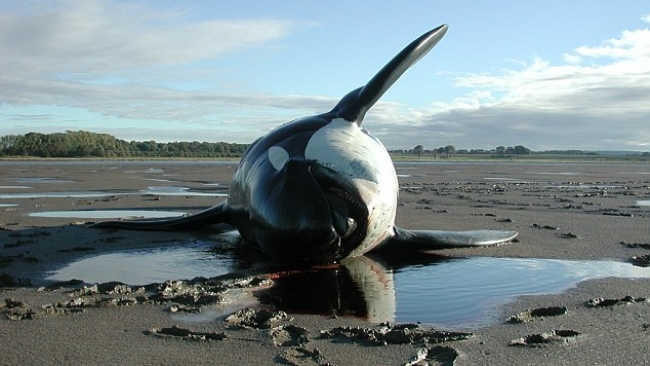
Decades after Europe banned toxic PCBs, the region’s killer whales and three smaller dolphin species still carry high levels of the pollutants.
PCBs (polychlorinated biphenyls) were once industrial wonder chemicals but were banned by many developed nations by the end of the 1980s because of human health and environmental concerns. Despite the long gap since then, mean concentration of the chemicals in the blubber of some populations of Europe’s killer whales exceeds — often by a lot — a high threshold for health damage.
The high concentrations of PCBs in the survey don’t surprise marine mammal toxicologist Peter Ross of the Vancouver Aquarium. He has followed PCB contamination in aquatic life and hasn’t seen much improvement in decades. And in the case of some Pacific killer whales, he doesn’t expect PCBs to fall to safe levels in that population until the end of the 21st century. In terms of spotting a menace to the environment before it spreads, “we learned a very hard lesson with PCBs,†he says.
Source: ScienceNews
Fri 15 Jan 2016 at 10:54

